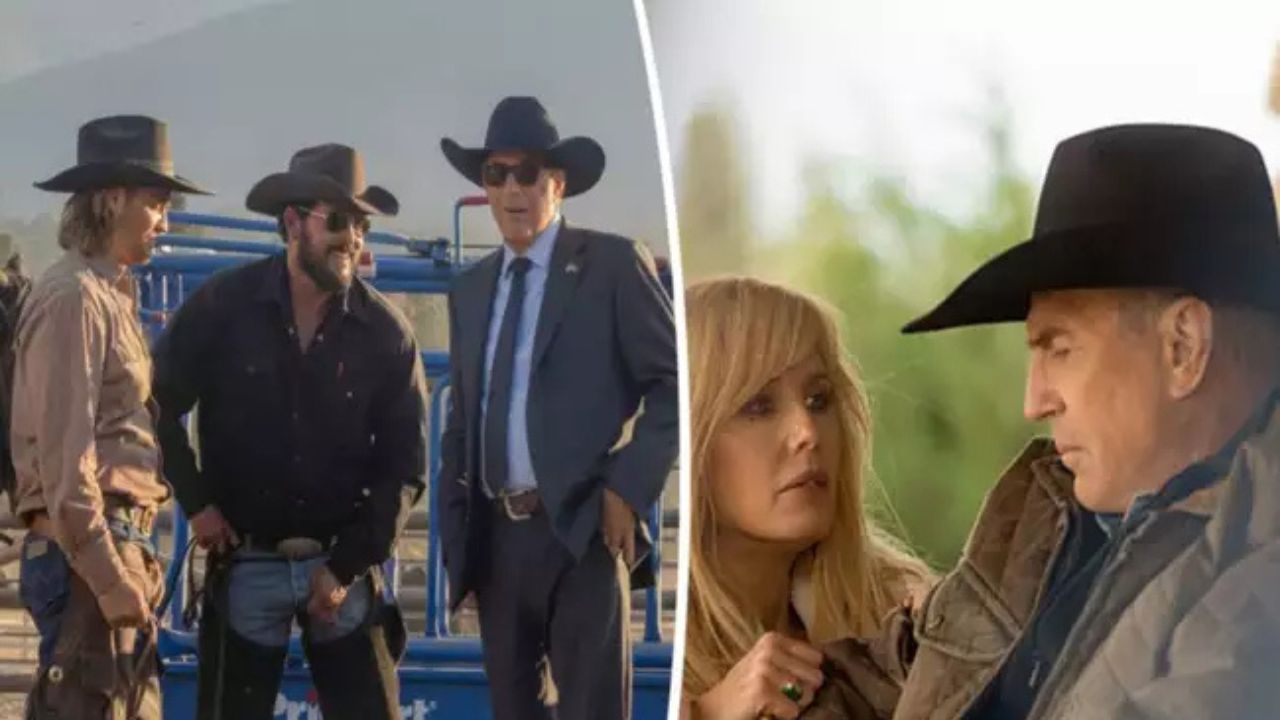The first season of Yellowjackets was a big hit, largely because it hooked viewers with mysteries similar to Lost. Fans have been eagerly trying to piece together clues and predict where the story is going. Many, including me, have spent hours wondering if Adam is Javi all grown up or trying to identify the girl killed in the pilot’s cold open.
The season finale answered at least one big question: the girl who froze to death was Jackie, not Lottie, who we learned is still alive. But even more than the mysteries, it’s the deeper themes of the show that stuck with me.
Yellowjackets doesn’t just tell a story of survival in the wilderness—it tackles what it’s like to be a teenage girl. Society often puts teenage girls through a lot of physical and emotional challenges, and that’s what this show focuses on.
Many of the actresses have even played intense roles before that explore similar dark themes, from Juliette Lewis’s traumatized character in Natural Born Killers to Christina Ricci’s role in Buffalo ‘66. But in Yellowjackets, the girls are stranded in the wilderness, cut off from society and its expectations. This allows the show to explore what happens when young women are left in a world without social rules.
After the plane crash, the surviving soccer team is left in a forest so isolated it feels like they’re in a “state of nature,” free from civilization’s norms. A few men survive too, but they aren’t much of a threat to the girls’ new “matriarchy” since one is a child, one is very timid, and the third is a disabled gay man. Interestingly, it’s Jackie, the team’s captain, who has the hardest time adapting to this new life. Jackie was the golden girl back home, but out in the wilderness, she becomes an outsider. She ultimately dies from hypothermia, symbolizing the end of the old social order for the group.
Like many high school stories, Yellowjackets sets up divisions among the girls. Back home, Jackie was on top. She was beautiful, popular, and had everything lined up: a supportive best friend in Shauna, a loving boyfriend, and a bright future.
Her life was like her own version of The Truman Show, with people around her pretending to keep her happy. But her success was partly built on others hiding their own potential. For example, Shauna is a better athlete and student, but always stays in Jackie’s shadow.
The other girls each come from complicated and troubled backgrounds. Misty, for example, has no friends and destroys the plane’s black box just to prolong her time with the group. Lottie has wealthy but distant parents, and she’s on antipsychotic medication that’s forced on her by a maid.
Natalie’s family is a disaster, Taissa hides her rage, and Van has an alcoholic mother. Shauna’s life, while less tragic, is also restricted by always playing second to Jackie. These experiences leave the girls desperate for meaning, something to believe in—so much so that they start to embrace mystical beliefs and rituals.
The wilderness creates a new social order, one where violence, ritual, and faith take the place of the structured lives they left behind. This becomes most evident when Lottie “predicts” a way to end their hunger, then kills a bear, almost as if it sacrificed itself.
The show hints that the girls may have actually felt freer and more alive during their time in the wilderness, forming bonds and identities outside society’s rules. For example, Nat, who becomes an alcoholic as an adult, actually stops drinking in the wilderness.
This shift hints that their trauma didn’t necessarily come from the violence and desperation of survival—it may come from returning to a society that forced them back into narrow roles. The pressure of the outside world leads Nat to drink, Shauna to feel empty, and Taissa to compartmentalize her life. Even if they left the wilderness behind, it’s clear the world they came back to isn’t one where they truly feel they belong.
Overall, Yellowjackets is more than just a survival story. It’s an exploration of freedom, trauma, and what happens when young women are stripped of social constraints.

